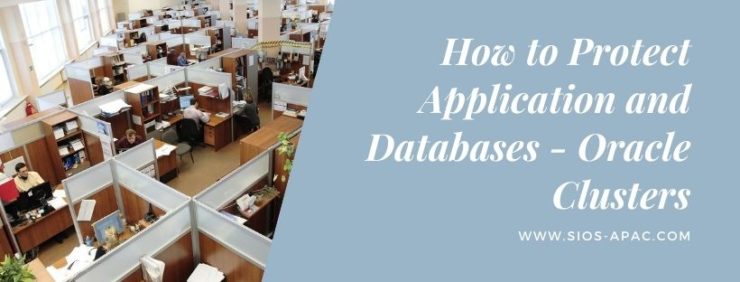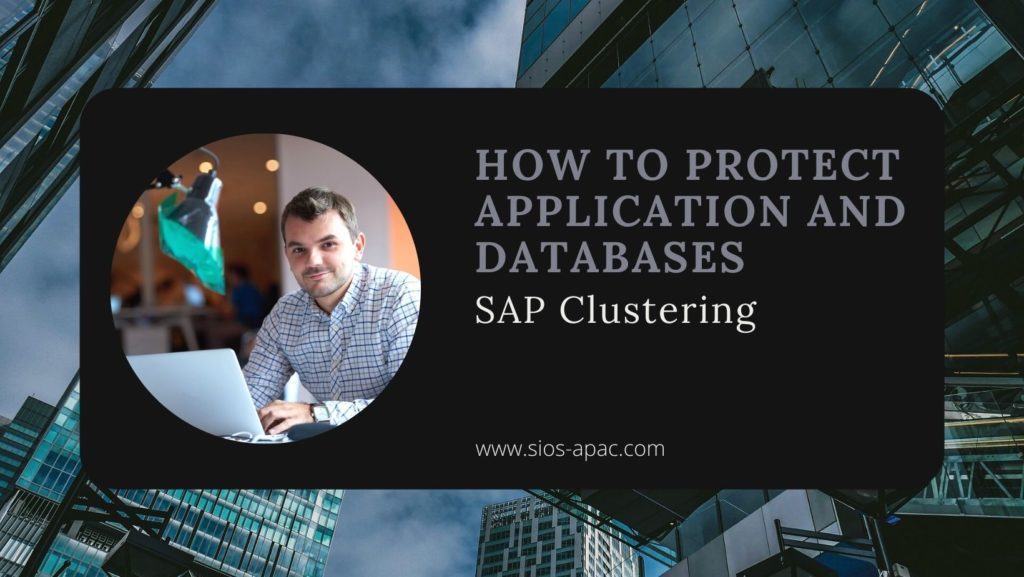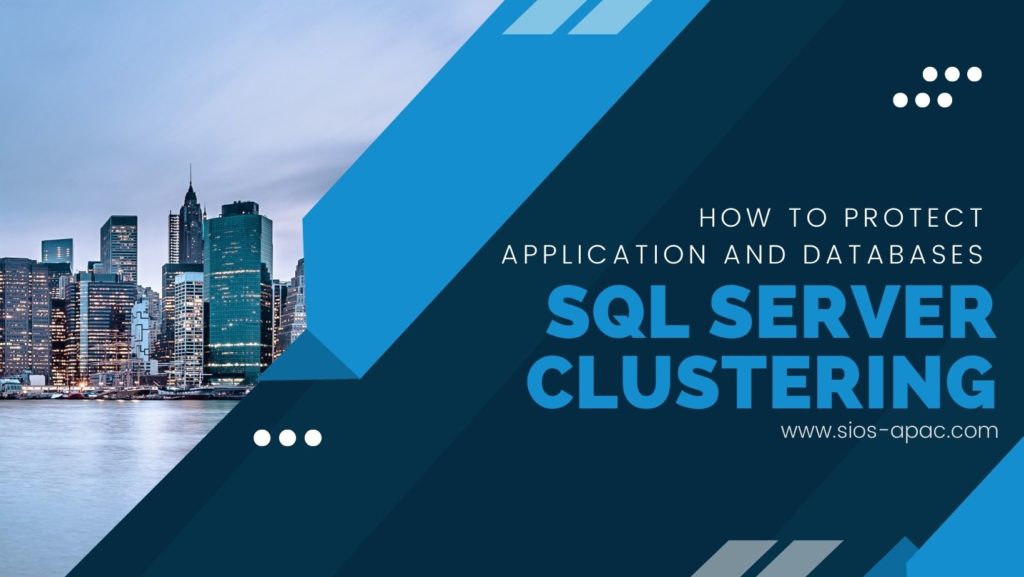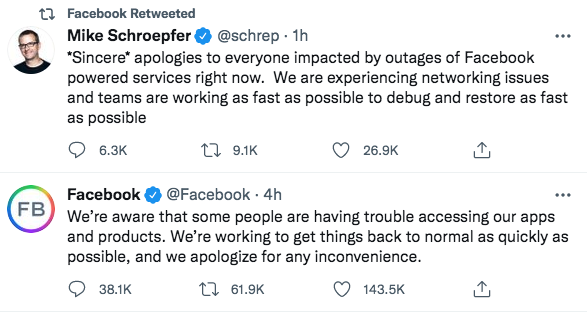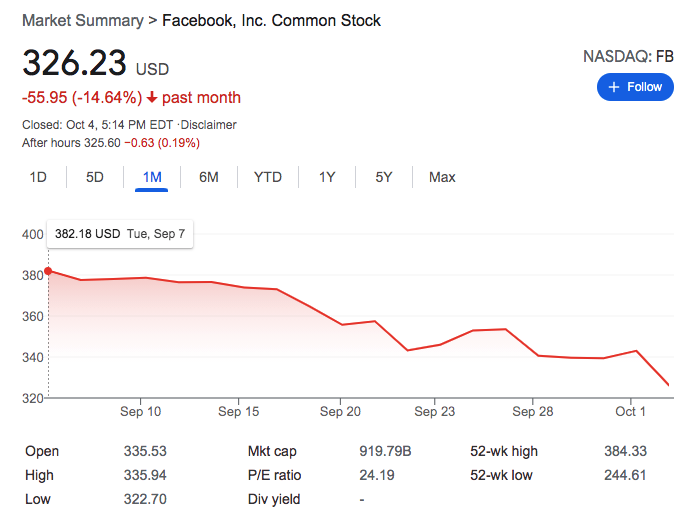| January 25, 2022 |
How to Protect Application and Databases – Oracle Clustering |
| January 21, 2022 |
How to Protect Application and Databases – SAP Clustering |
| January 18, 2022 |
How to Protect Application and Databases – SQL Server Clustering |
| January 13, 2022 |
Why You Need Business Continuity Plans |
| January 9, 2022 |
Fixing Your Cloud Journey |
